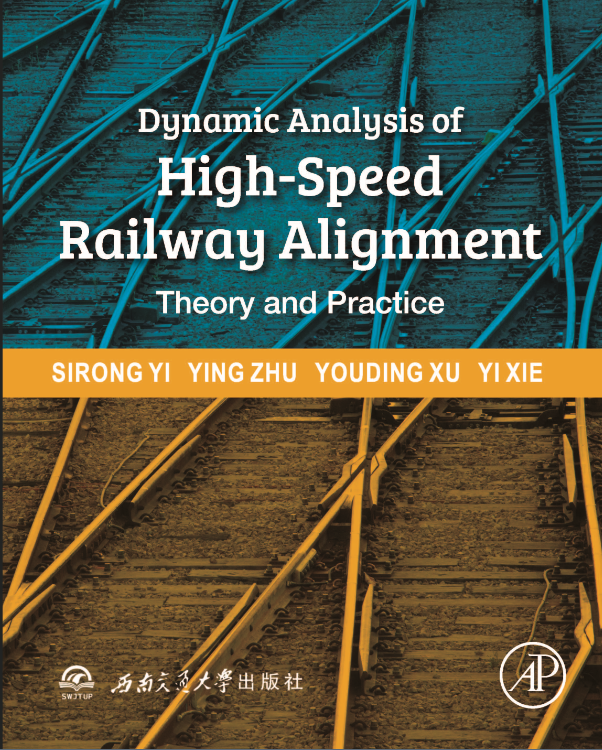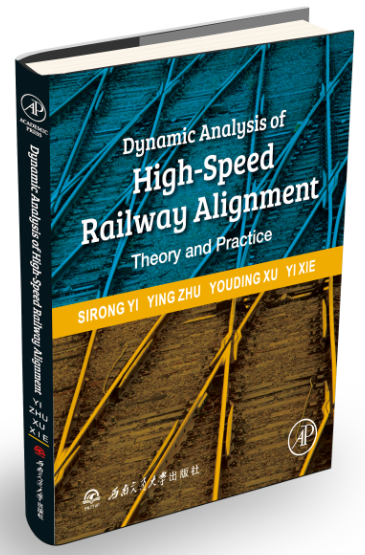-
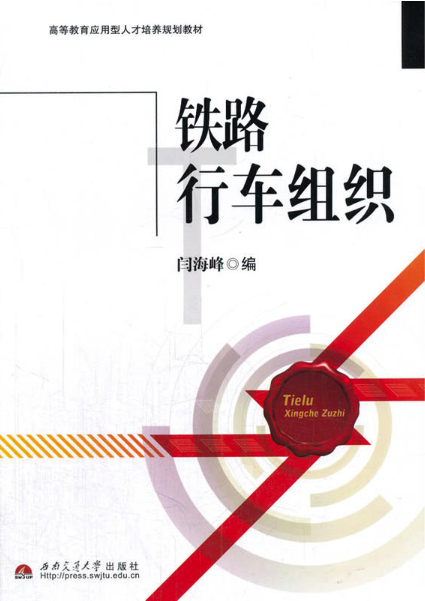 铁路行车组织
铁路行车组织作者:闫海峰
《铁路行车组织》网络教育教材是为了充分发挥网络的教育功能和丰富的网络教育资源优势,配合网络教育的发展在原有《铁路行车组织》本科教材的基础上进行编写的。该教材继承了原有教材体系中的知识结构,同时具备网络教学的特点,主要介绍了铁路行车组织的基本原理、基本方法和基本技能,包括车站工作组织、货物列车编组计划、列车运行图与通过能力计算、技术计划和调度指挥工作等主要内容,适合于作为网络教育以及该专业其他层次学生的教学用书。
-
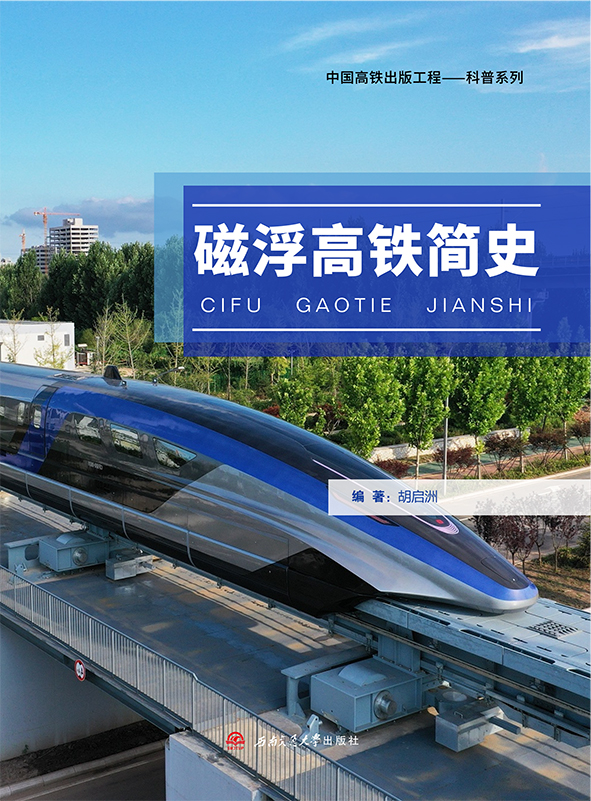 磁浮高铁简史
磁浮高铁简史作者:胡启洲
为了普及高铁知识,促进铁路知识的传播与交流,继“高铁史话系列”(《高铁简史》、《高铁简史》(英文版)、《高铁问答》和《高铁问答》(英文版))后,作者团队又完成了《磁浮高铁简史》。磁浮高铁是磁悬浮高速铁路的简称。本书作为一本介绍磁浮高铁的基本原理、概念术语、相关原理与发展历程等的科普读物,整理了现阶段国内外磁浮高铁的主要成果,诠释了磁浮高铁发展的过去、现在和未来,从理论与技术两方面,让读者了解磁浮高铁的发展态势。本书图文并茂、简单易懂,适合高铁爱好者的读物,也可以作为科研工作者、工程技术人员、管理工作者、大专院校师生的参考。
-
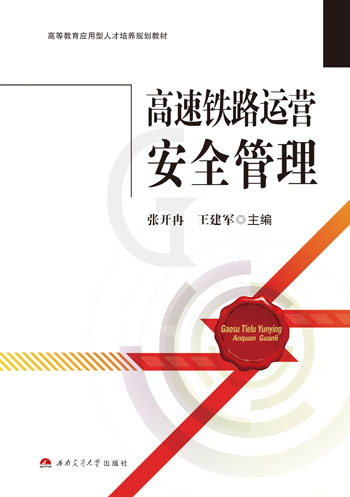 高速铁路运营安全管理
高速铁路运营安全管理作者:张开冉, 王建军, 主编
本书从系统安全的角度介绍高速铁路运营安全的基础理论和方法,分别包括安全基础理论、安全生产管理原理、安全评价方法和安全管理方法。同时,分析了高速铁路危险源的识别与控制,从高速铁路危险源识别、系统主要危险因素及分级、运营安全控制方面加以分析,力图预防和减少事故的发生。其次,建立起高速铁路运营安全保障体系,包含高速铁路运营安全保障理论体系、运营安全保障技术体系和运营安全管理体系三个方面。最后,对高速铁路运营安全保障技术作了详细讲述。
图书分类
Book classification- 本书是与爱思唯尔科技出版公司合作出版的英文版图书。书中系统阐述了高速铁路空间线形参数动力学分析理论和方法,揭示了高速铁路车-线系统动力学性能与线路参数之间的相互作用机理,探明了轨道结构和轨道几何形位对车-线动力学性能的影响规律,建立了车-线动力学性能与曲线动力特征参数之间的关系模型,给出了曲线路段车体横向加速度与线路参数之间的计算关系,阐述了基于最佳车-线动力学性能的高速铁路线路参数设计方法。该方...查看更多
-
CHAPTER 1 Introduction 1
1.1 Target Speed for High-Speed Railway 2
1.1.1 The Principle of Determining Target Speed for High-Speed Railway 2
1.1.2 The Influence Factor of Target Speed for ...查看更多 - 易思蓉,西南交通大学土木工程学院教授,博士生导师;国家级教学名师,铁道工程课群组国家级教学团队带头人,四川省学术与技术带头人。长期从事铁路选线设计理论、线路勘测设计

